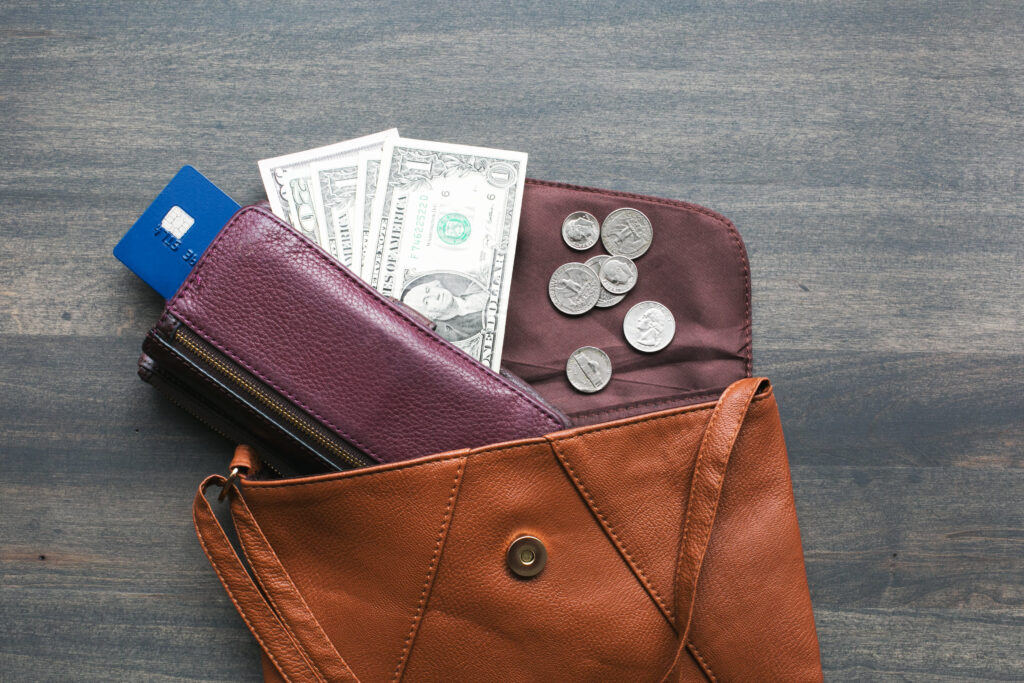Shopping is one of the most glorified, common pastimes, but it quickly becomes a thorn in our side if not done with intention. Our standard of living is quite different than it was 10-20-30 years ago. Products are more accessible to purchase now than ever before, and the internet has made it easier to buy products faster. The ease of having almost anything delivered to our doorstep by clicking a button is great but can come with some drawbacks.
Buying is often related to emotions. Stress, sadness, and even period of celebration can all trigger impulse buying. Shopping or obtaining new items is enjoyable for many people, so impulse buys are often the result of simply needing a “pick-me-up” or some form of entertainment.
How do we know if we are shopping impulsively?
Are we spending more money than intended, feeling restlessness until we get the item, and buyer’s remorse after purchase? Restlessness is a good cue that something is off and needs change; here are some tips that could help curb our appetite for shopping.
1. Decide to Change the Habit.
Impulsive shopping is a habit; like most habits, they are not easy to break. We control all our practices, from brushing our teeth and working out to spending money. How do we change a habit? Replace it with a new one.
2. Identify the Root Cause
Identifying the root cause can help determine what triggers impulsive behavior. Perhaps shopping is a hobby or a pastime; if so, budget for this and enjoy it when you do. If shopping is an emotional response to negative feelings, redirect these urges by targeting the core problem. Identifying the root cause will lead to a defined goal, and we now have something to aim at with a defined plan.
3. Enjoy Other Hobbies
If you shop because you are bored, you need to keep yourself busy; a new hobby could be more fulfilling. Learning something new and engaging in new hobbies is a healthy way to navigate our emotions, which are very fickle. Adeel Qayum shares some fantastic hobby ideas.
4. Use Minimalism as a Tool.
Minimalism was a great tool to change our emotional feelings when shopping. Reading blogs about minimalism can help view “things” differently. It can also spark the desire to have less, helping with the shopping temptation.
5. Budget
Budgeting is the best way to take control of our finances. If we view budgeting as a tool, not a restriction, it helps us see the value and purpose of creating a budget. We can tell our money where to go rather than letting our emotions dictate our finances.
6. Track Daily Spending
Tracking our daily spending keeps us accountable and on track. These daily figures determine whether we are over or under our monthly budget. The entire process helps us become more financially aware.
7. Cut all Credit cards.
Credit card companies are aware of the ease of spending when borrowing money; we feel less attached. This is a billion-dollar business based on people’s emotions. Credit cards are not emergency funds; viewing them as emergency funds could lead to debt later on and aid in impulsive shopping.
8. Wait
Waiting before purchasing an item helps us identify whether this is a need or a want. Keep an ongoing list with wish list items; you may be surprised how many things we decide not to purchase if we wait. Here is a helpful article on why waiting is good for us https://simplesweethome.com/3-reasons-waiting-is-good-for-us/.
9. Enjoy the Process
Enjoying the process is vital to achieving our ultimate goal. A positive outlook can help us when we are tempted to revert to our previous behavior. This is an exciting process; we are now taking control of our behaviors and outcomes.
In conclusion, excessive shopping can lead to overspending and not being good stewards of our time and money. Spending more money than intended, impulsive buys, and accumulating debt can feel daunting and create a sense of helplessness. There is hope! If we are laser-focused and resilient to obstacles, this habit can be broken and changed. Make a plan, stick to it, and keep your goal your priority.
Photo by Shopify Partners from Burst
